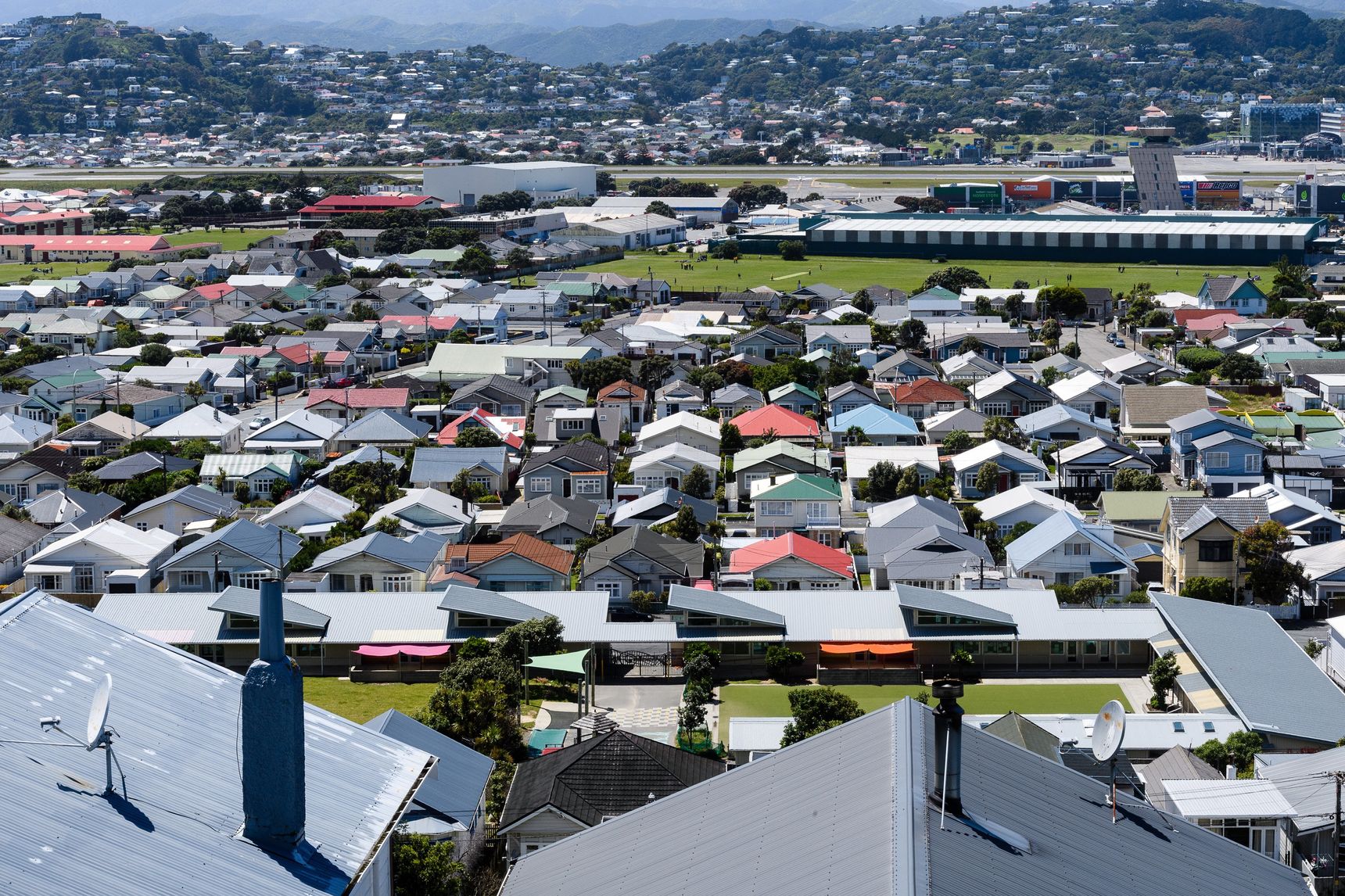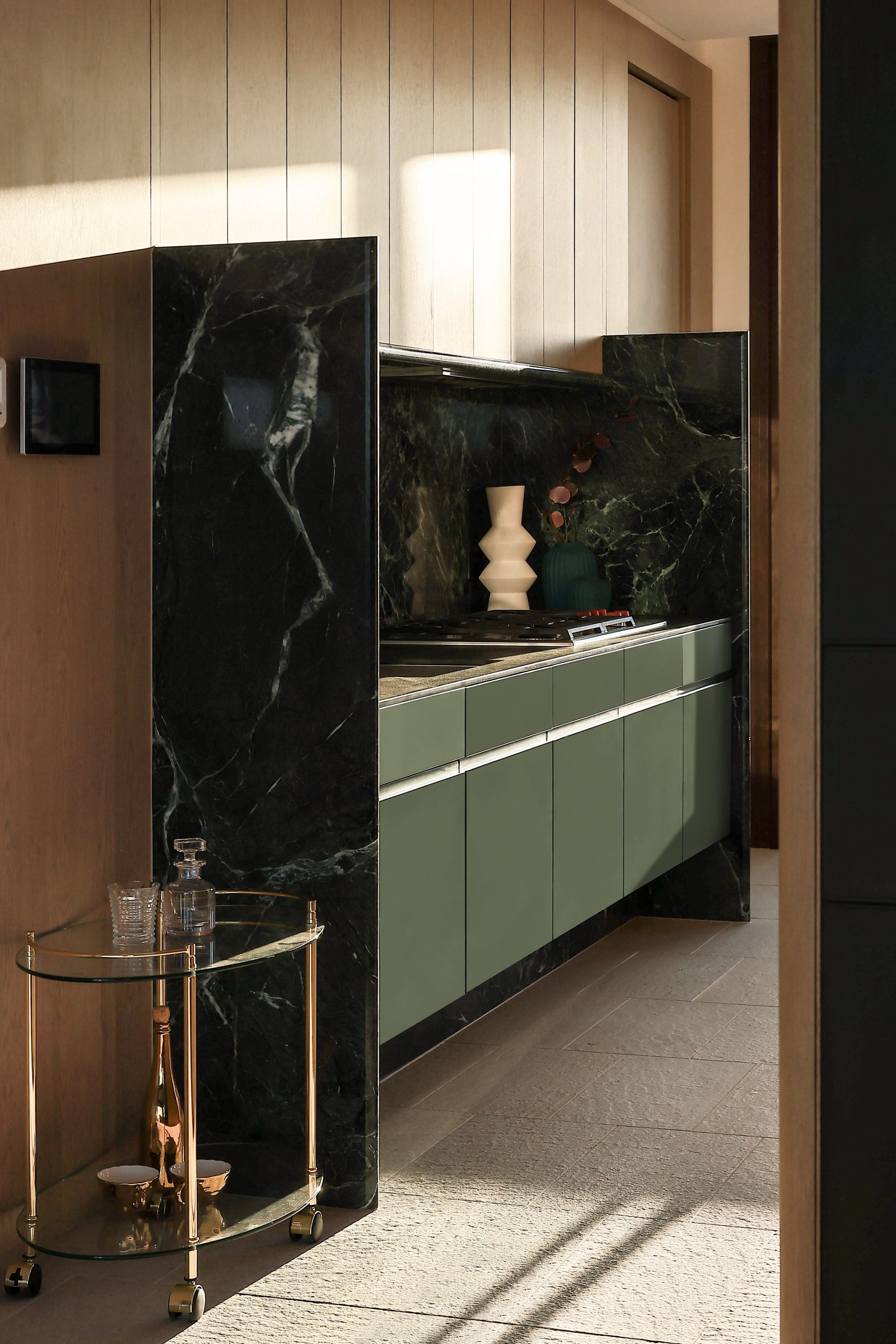One of the World’s Hottest Real-Estate Markets Tries To Cool
New Zealand is pulling every lever to tame property prices.
New Zealand is emerging as a test case of whether authorities can restrain rising home prices without tanking the market and destabilising the economy at the same time.
The South Pacific nation’s efforts could offer a blueprint for the many other countries facing a similar dilemma after the coronavirus pandemic. A combination of low rates, economic stimulus and changes in buying patterns as people work remotely is pushing real-estate values higher all over the world, pricing out many first-time home buyers.
The problem is particularly acute in New Zealand, where housing supply failed to keep up with population growth over much of the past decade. Home prices have risen more than 30% in the past year, according to a property-price index from the Real Estate Institute of New Zealand.
The country’s home-price-to-income ratio, a measure of affordability, is the highest compared with the long-run average among 30 key economies analyzed by research firm Capital Economics. For each economy, the firm created an index setting at 100 the long-term average of the ratio of home prices to incomes. New Zealand’s score on the index was 178, or well above its long-term average.
Governments have several tools at their disposal to influence real-estate prices, including boosting housing supply either through direct investment or changing land-use regulations, restricting mortgage lending and offering financial assistance to first-time buyers.
Economists and policy makers debate whether central banks should use interest rates to try to rein in housing prices by influencing the cost of borrowing. Higher rates could make mortgages more expensive and cool demand for housing, but they could also have unwanted impacts on inflation or employment, the traditional areas of focus for central banks.
New Zealand is pulling every lever. In October, the country’s central bank raised its benchmark interest rate to 0.5% from a record-low 0.25% and signalled more increases over the next year, in part because of skyrocketing home prices. And earlier in the year, New Zealand’s government, in a novel move, directed the central bank to consider home prices when making decisions about monetary policy, even though bank officials warned that would have little impact on the market and could lead to lower employment and below-target inflation.
New Zealand has also restricted low-deposit lending, a move designed to reduce risky mortgages and lower the chance of a damaging housing market correction, which could destabilize the broader economy. Starting Nov. 1, only 10% of lending to owner-occupiers can have a loan-to-value ratio of more than 80%, down from the 20% of lending that is allowed now. It is working on debt-to-income restrictions as an additional tool.
The government also plans to make higher-density housing easier to build in cities and limit the deductibility of interest costs on residential property investments. The tax change aims to stem investor demand for existing residential properties, a dynamic that has contributed to higher real-estate prices in the past and made it more difficult for first-time buyers to get on the property ladder.
Whether New Zealand’s efforts have a measurable impact on housing prices, without any unwanted economic or social side effects, isn’t yet clear.
In September, the latest month for which data is available, property prices in seven of New Zealand’s 16 regions reached record median levels, according to the Real Estate Institute. Prices in Auckland, the country’s biggest city, declined 4% from August to September, but a Covid-19 lockdown in the city had curtailed buying and selling. The institute said it expects activity to pick up when the lockdown lifts.
Gareth Kiernan, chief forecaster at Infometrics, doesn’t expect New Zealand home prices to fall soon. All the government and central-bank measures combined might succeed in slowing price increases, he said, but that still means a grim outlook for first-time buyers.
Demand is also likely to increase, Mr. Kiernan said. The government recently decided to allow residency for tens of thousands of people on temporary visas, which means more people will be looking to buy homes. And the construction industry is still struggling to build houses fast enough to meet existing demand.
Mr. Kiernan said interest rates would need to rise by quite a bit more than currently expected to bring about a fall in prices. New Zealand’s central bank in August projected that the cash rate would reach 1.6% by the end of 2022 and 2% in the second half of 2023.
Even if home prices stopped rising, and assuming incomes grow 3% a year, the home-price-to-income ratio would take until 2050 to decline to its level in 2000. Mr. Kiernan said.
“It’s going to remain very painful I think, very difficult for people wanting to get into the housing market, for a long time,” he said.
Capital Economics, in its recent analysis, expects home-price inflation in major economies to moderate naturally in the coming months and isn’t expecting a destabilizing drop in prices.
However, it said the risk of a crash is elevated in countries such as New Zealand where affordability was stretched even before the pandemic. Other countries in a similar situation include Canada, Denmark, Australia, Sweden and Norway, the firm said.
“We would not say that house price falls in any of these countries are certain or imminent—some have been flashing red for several years yet house prices have continued to defy gravity,” the economics firm wrote. “But it would not take much to tip them over the edge.”
Reprinted by permission of The Wall Street Journal, Copyright 2021 Dow Jones & Company. Inc. All Rights Reserved Worldwide. Original date of publication: November 7, 2021
 Copyright 2020, Dow Jones & Company, Inc. All Rights Reserved Worldwide. LEARN MORE
Copyright 2020, Dow Jones & Company, Inc. All Rights Reserved Worldwide. LEARN MORE
This stylish family home combines a classic palette and finishes with a flexible floorplan
Just 55 minutes from Sydney, make this your creative getaway located in the majestic Hawkesbury region.
A Sydney site with a questionable past is reborn as a luxe residential environment ideal for indulging in dining out
Long-term Sydney residents always had handful of not-so-glamourous nicknames for the building on the corner of Cleveland and Baptist Streets straddling Redfern and Surry Hills, but after a modern rebirth that’s all changed.
Once known as “Murder Mall” or “Methadone Mall”, the 1960s-built Surry Hills Shopping Centre was a magnet for colourful characters and questionable behaviour. Today, however, a $500 million facelift of the site — alongside a slow and steady gentrification of the two neighbouring suburbs — the prime corner property has been transformed into a luxury apartment complex Surry Hills Village by developer Toga Group.
The crowning feature of the 122-apartment project is the three-bedroom penthouse, fully completed and just released to market with a $7.5 million price guide.
Measuring 211sqm of internal space, with a 136sqm terrace complete with landscaping, the penthouse is the brand new brainchild of Surry Hills local Adam Haddow, director of architecture at award-winning firm SJB.
Victoria Judge, senior associate and co-interior design lead at SJB says Surry Hills Village sets a new residential benchmark for the southern end of Surry Hills.
“The residential offering is well-appointed, confident, luxe and bohemian. Smart enough to know what makes good living, and cool enough to hold its own amongst design-centric Surry Hills.”
Allan Vidor, managing director of Toga Group, adds that the penthouse is the quintessential jewel in the crown of Surry Hills Village.
“Bringing together a distinct design that draws on the beauty and vibrancy of Sydney; grand spaces and the finest finishes across a significant footprint, located only a stone’s throw away from the exciting cultural hub of Crown St and Surry Hills.”
Created to maximise views of the city skyline and parkland, the top floor apartment has a practical layout including a wide private lobby leading to the main living room, a sleek kitchen featuring Pietra Verde marble and a concealed butler’s pantry Sub-Zero Wolf appliances, full-height Aspen elm joinery panels hiding storage throughout, flamed Saville stone flooring, a powder room, and two car spaces with a personal EV.
All three bedrooms have large wardrobes and ensuites with bathrooms fittings such as freestanding baths, artisan penny tiles, emerald marble surfaces and brushed-nickel accents.
Additional features of the entertainer’s home include leather-bound joinery doors opening to a full wet bar with Sub-Zero wine fridge and Sub-Zero Wolf barbecue.
The Surry Hills Village precinct will open in stages until autumn next year and once complete, Wunderlich Lane will be home to a collection of 25 restaurants and bars plus wellness and boutique retail. The EVE Hotel Sydney will open later in 2024, offering guests an immersive experience in the precinct’s art, culture, and culinary offerings.
The Surry Hills Village penthouse on Baptist is now finished and ready to move into with marketing through Toga Group and inquiries to 1800 554 556.
This stylish family home combines a classic palette and finishes with a flexible floorplan
Just 55 minutes from Sydney, make this your creative getaway located in the majestic Hawkesbury region.



























